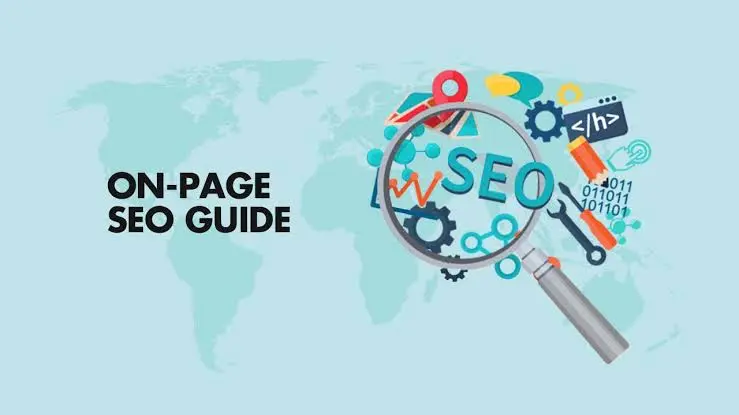On-Page SEO Optimization: A Complete Guide to Boosting Your Website’s Visibility
In the digital world, simply creating a website isn’t enough. To stand out and attract your target audience, your content needs to be visible to search engines and easy to understand. That’s where On-Page SEO Optimization comes into play. It’s one of the most crucial strategies in the search engine optimization (SEO) world, helping web pages rank higher in search engine results pages (SERPs) and driving more organic traffic.
What is On-Page SEO?
On-page SEO refers to the practice of optimizing individual web pages to improve their search engine ranking and earn more relevant traffic. Unlike off-page SEO, which deals with backlinks and external signals, on-page SEO focuses entirely on what’s within your control — the content and HTML source code of a page.
Why On-Page SEO Matters
Search engines like Google use algorithms to understand web content. On-page SEO helps them:
- Understand your website’s topic
- Identify if your content is relevant to a search query
- Determine if your site provides a good user experience
The better your on-page optimization, the easier it is for search engines to rank your content appropriately.
Key Elements of On-Page SEO Optimization
1. Title Tags
The title tag appears as the clickable headline in SERPs. It should be:
- Unique for each page
- Under 60 characters
- Include the target keyword (ideally near the beginning)
2. Meta Descriptions
Meta descriptions don’t directly affect rankings but can influence click-through rates. Write compelling descriptions (up to 160 characters) that summarize the page and include the keyword.
3. URL Structure
Keep URLs short, descriptive, and keyword-rich. For example: ✅ example.com/on-page-seo-tips
❌ example.com/page?id=12345
4. Header Tags (H1, H2, H3...)
Header tags organize your content and signal importance. Use:
- One H1 tag for the main title
- H2 and H3 tags for subheadings
- Keywords in headers (naturally)
5. Keyword Optimization
Use your target keyword in strategic places:
- Title
- Meta description
- First 100 words
- Headers
- Alt text of images Avoid keyword stuffing — aim for natural usage.
6. High-Quality Content
Content is the heart of SEO. Make sure your content is:
- Original and valuable
- Focused on user intent
- Well-structured with paragraphs, bullet points, and visuals
7. Internal Linking
Link to other pages within your site. This:
- Helps users navigate
- Distributes page authority
- Improves crawlability
8. Image Optimization
Use relevant images with:
- Descriptive file names
- Alt text including keywords
- Compressed size for fast loading
9. Mobile-Friendliness
With Google’s mobile-first indexing, a responsive design is essential. Your site must work seamlessly on smartphones and tablets.
10. Page Speed
A slow website hurts both SEO and user experience. Improve loading times by:
- Compressing images
- Using browser caching
- Minimizing JavaScript
Final Thoughts
On-page SEO is not a one-time task but an ongoing process. Search engine algorithms change frequently, and user expectations evolve. By consistently applying these on-page SEO best practices, you lay a strong foundation for your website’s success in organic search.
Whether you’re a blogger, a business owner, or a developer, mastering on-page SEO gives you a powerful edge in building a highly visible and user-friendly online presence.
